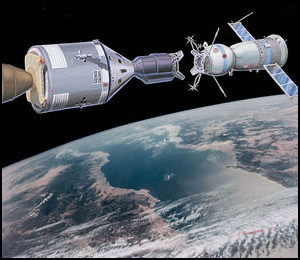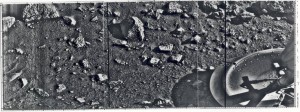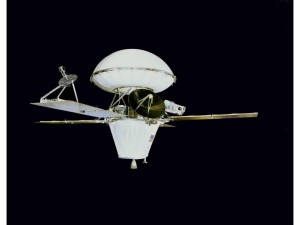Junko Tabei became the first woman to climb Mount Everest in 1975. She also became the first woman to climb the Seven Summits, the highest mountains on each of the seven continents. She wrote seven books and created drives to clean up the litter, including oxygen tanks and food containers, caused by climbers on Mount Everest.
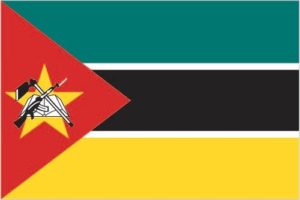
Flag of Mozambique
Mozambique celebrates Independence Day. It became independent from Portugal in 1975. Located on the east coast of Africa, it is almost double the size of California. Natural resources include titanium, coal, and natural gas. About 25 million people live there. Maputo is the capital. Children could learn more at: Mozambique.

Flag of Cabo Verde
Republic of Cabo Verde (previously known as Cape Verde) celebrates Independence Day. Portugal relinquished all claims to the country in 1975. During the exploration period, the islands served as supply stations. During the last century, whaling became an important source of income. The country is actually composed of fifteen islands, and the combined area is about the size of Rhode Island. The climate is temperate, but water is scarce and droughts are common. About a half million people live in this country west of Africa. Praia is the capital. Children can learn more at: Republic of Cabo Verde.
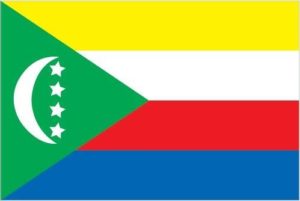 Comoros celebrates Independence Day. Comoros declared its independence from France in 1975. This archipelago is located in the Mozambique Channel, and the country is smaller than Rhode Island. Over 700,000 people live on the islands. Its major industries are perfume distillation and fishing. Moroni is the capital. Children could learn more at: Comoros.
Comoros celebrates Independence Day. Comoros declared its independence from France in 1975. This archipelago is located in the Mozambique Channel, and the country is smaller than Rhode Island. Over 700,000 people live on the islands. Its major industries are perfume distillation and fishing. Moroni is the capital. Children could learn more at: Comoros.
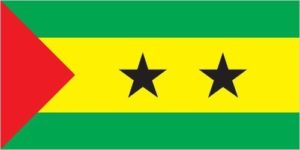
Flag of Sao Tome and Principe
Sao Tome and Principe celebrate Independence Day. They gained their freedom from Portugal in 1975. The area of this cluster of islands is about five times area of Washington, DC. Located off the coast of western Africa, this country experiences a tropical climate. Natural resources include fish and hydropower. Almost 200,000 people live there. The capital is Sao Tome. Children could learn more at: Sao Tome and Principe.
Apollo-Soyuz mission was successful in 1975. Three American astronauts, Thomas P. Stafford, Vance D. Brand, and Donald K. Slayton, from Apollo 18 docked and worked with two Soviet cosmonauts, Alexey Leonov and Valeri Kubasov, on the Soyuz 19 craft. The purpose of the mission was to show that the space race was over and that different countries could work together to forward space exploration. The mission concluded on July 21, 1975. Children can learn more at: Apollo-Soyuz.
Viking I landed on Mars in 1976. Launched August 20, 1975, Viking I carried cameras, a seismometer, a magnet, and sensors for temperature, wind velocity, and pressure. The Lander began to send data 25 seconds after landing and continued to function until November 11, 1982. Children can learn more at: Viking I.
Viking I was launched in 1975. It landed on the surface of Mars on July 20, 1976. It transmitted photographs and data regarding weather and atmosphere until November 11, 1982. Children can learn more at: Viking I.
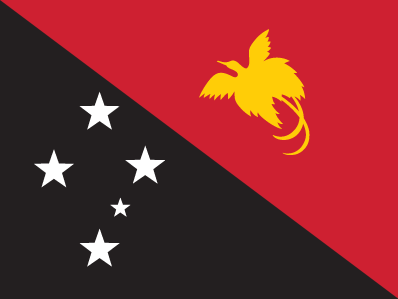
Flag of Papua New Guinea
Papua New Guinea celebrates Independence Day. The country became independent in 1975, but it remains part of the British Commonwealth. It is composed of the larger island of New Guinea, the second biggest island in the world, and 600 smaller islands. About 6.4 million people live in Papua New Guinea, and Port Moresby is the capital. Older children could learn more at: Papua New Guinea.
Women were allowed to attend military academies, per Congress, in 1975. Today roughly 22 percent percent of the academies’ graduating classes are women.
